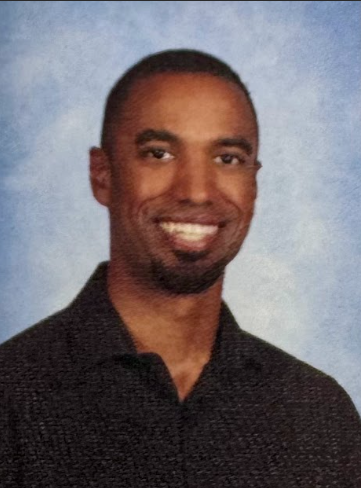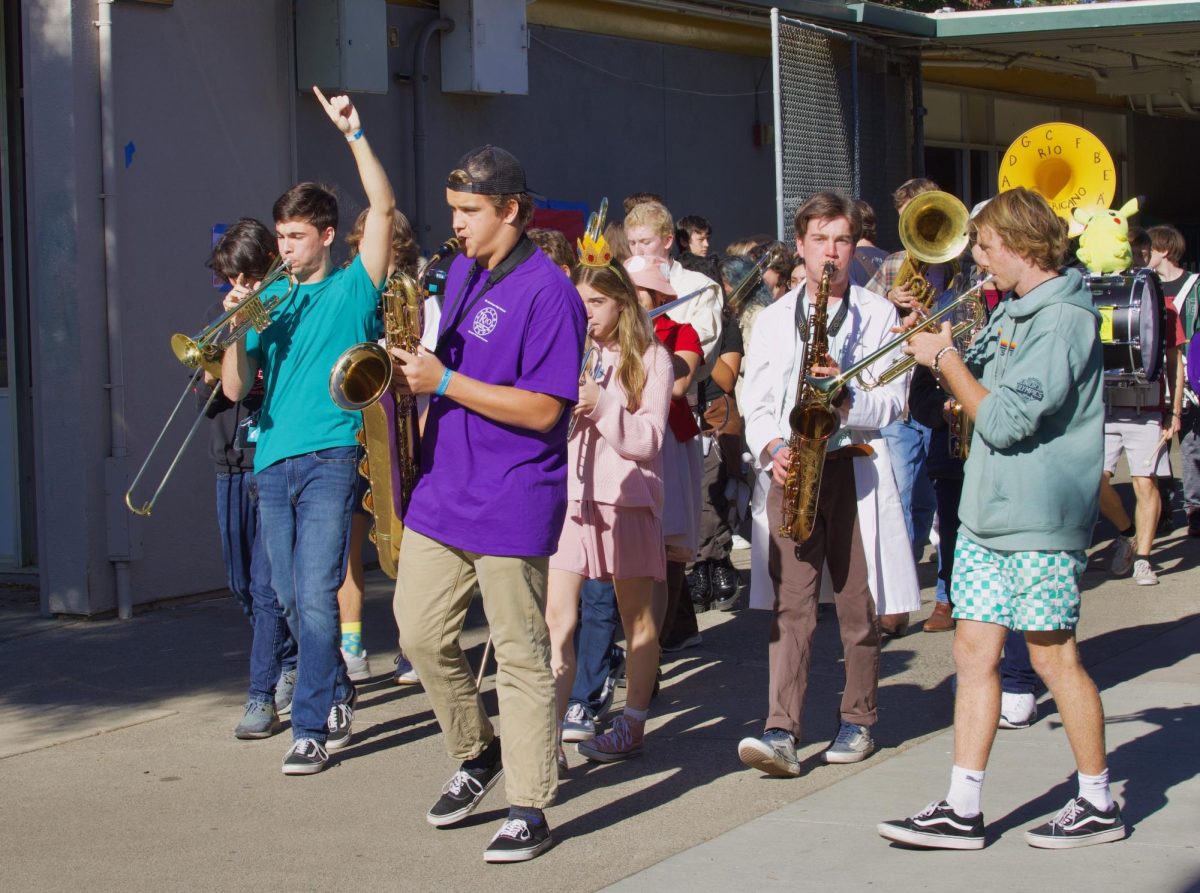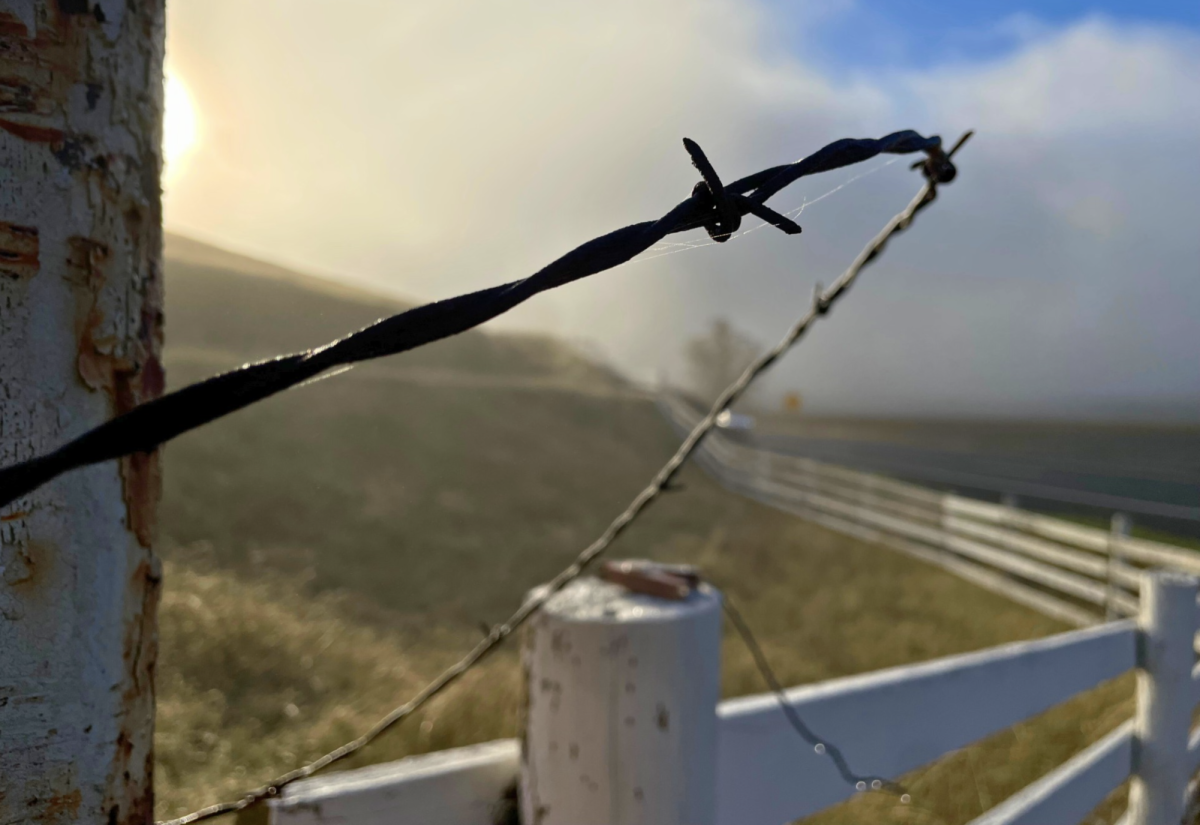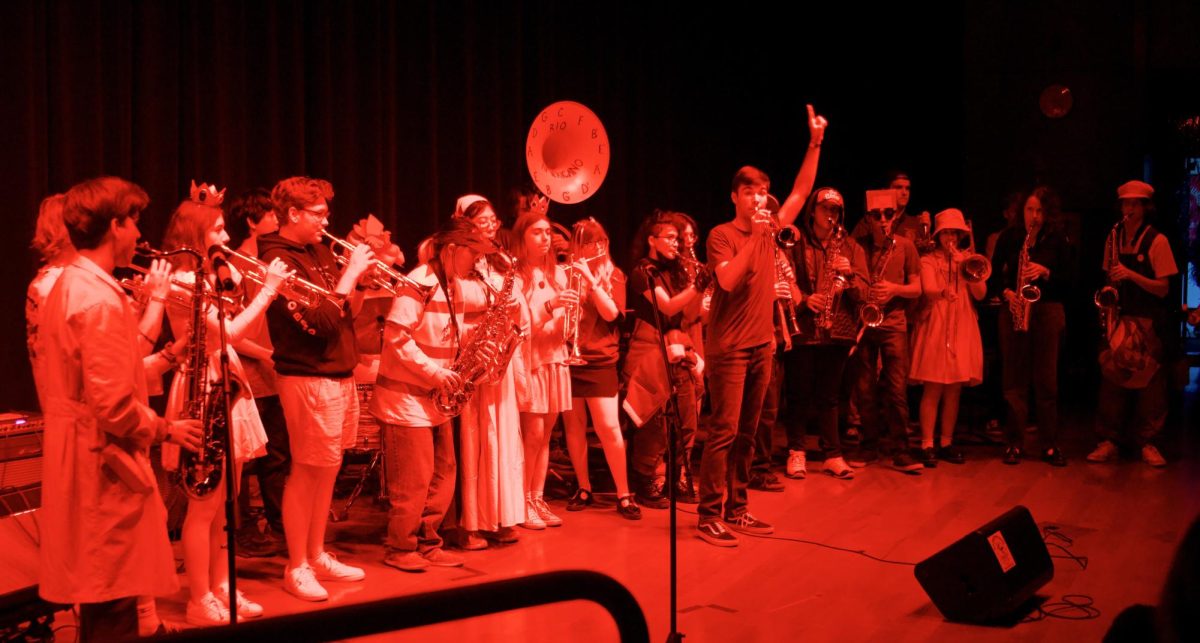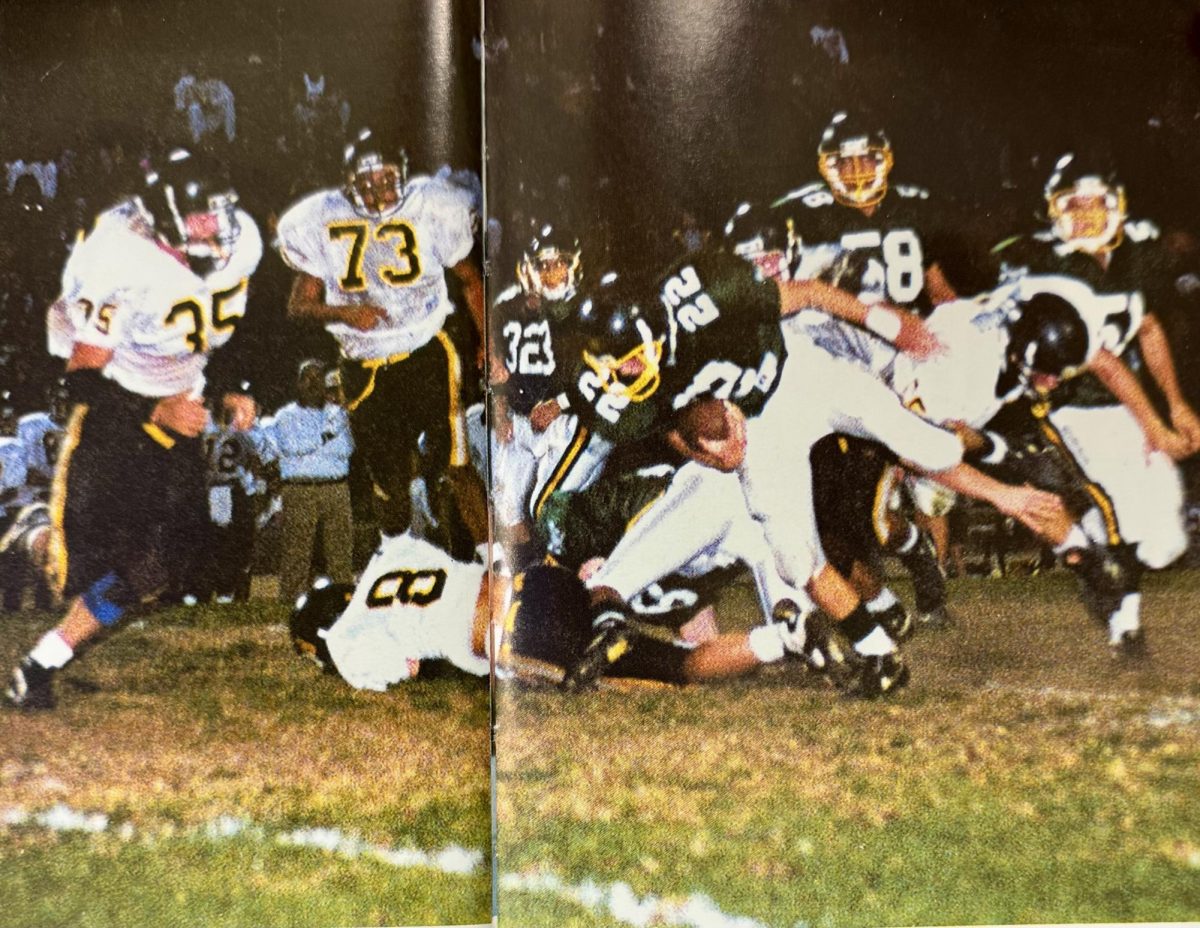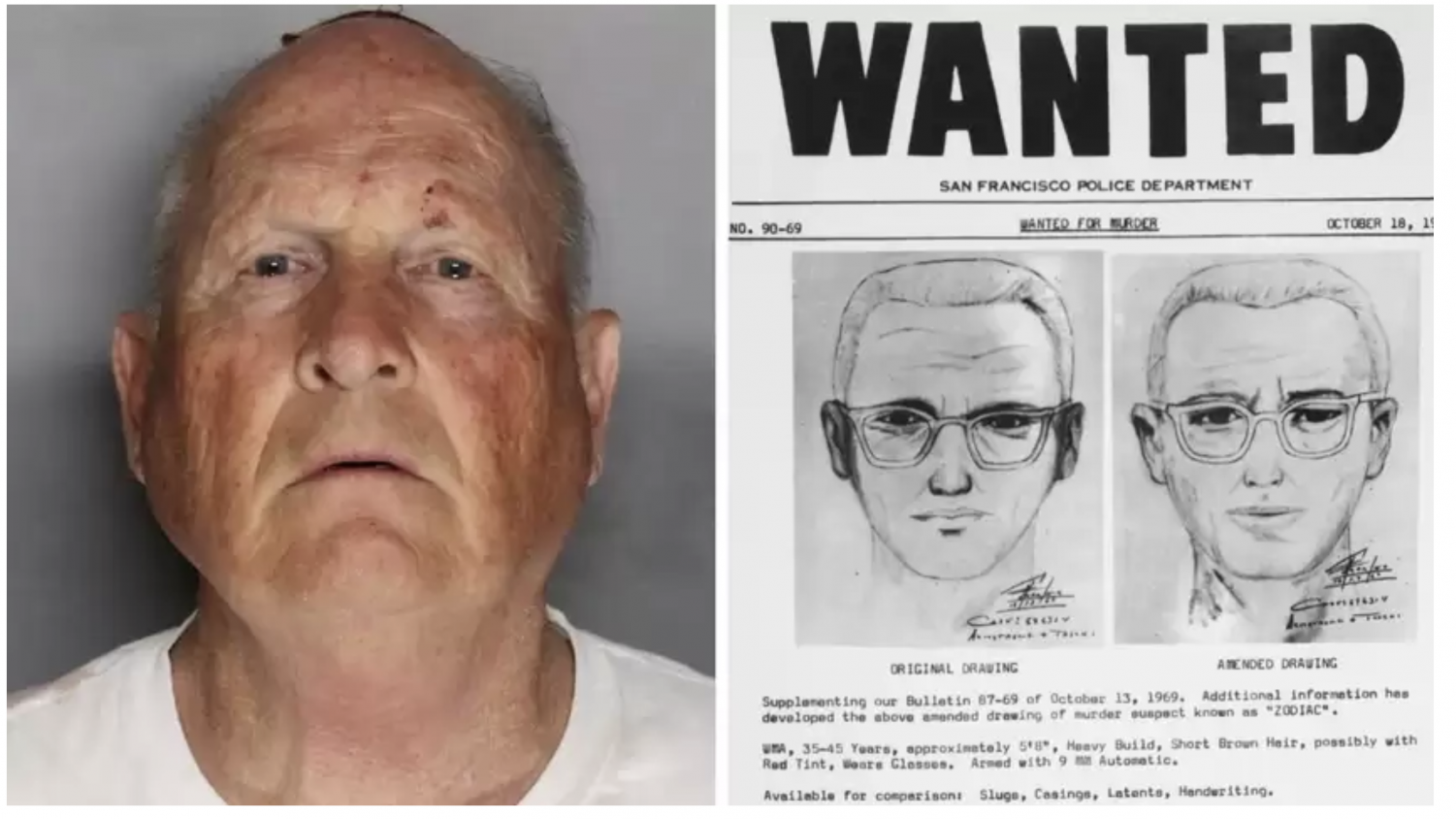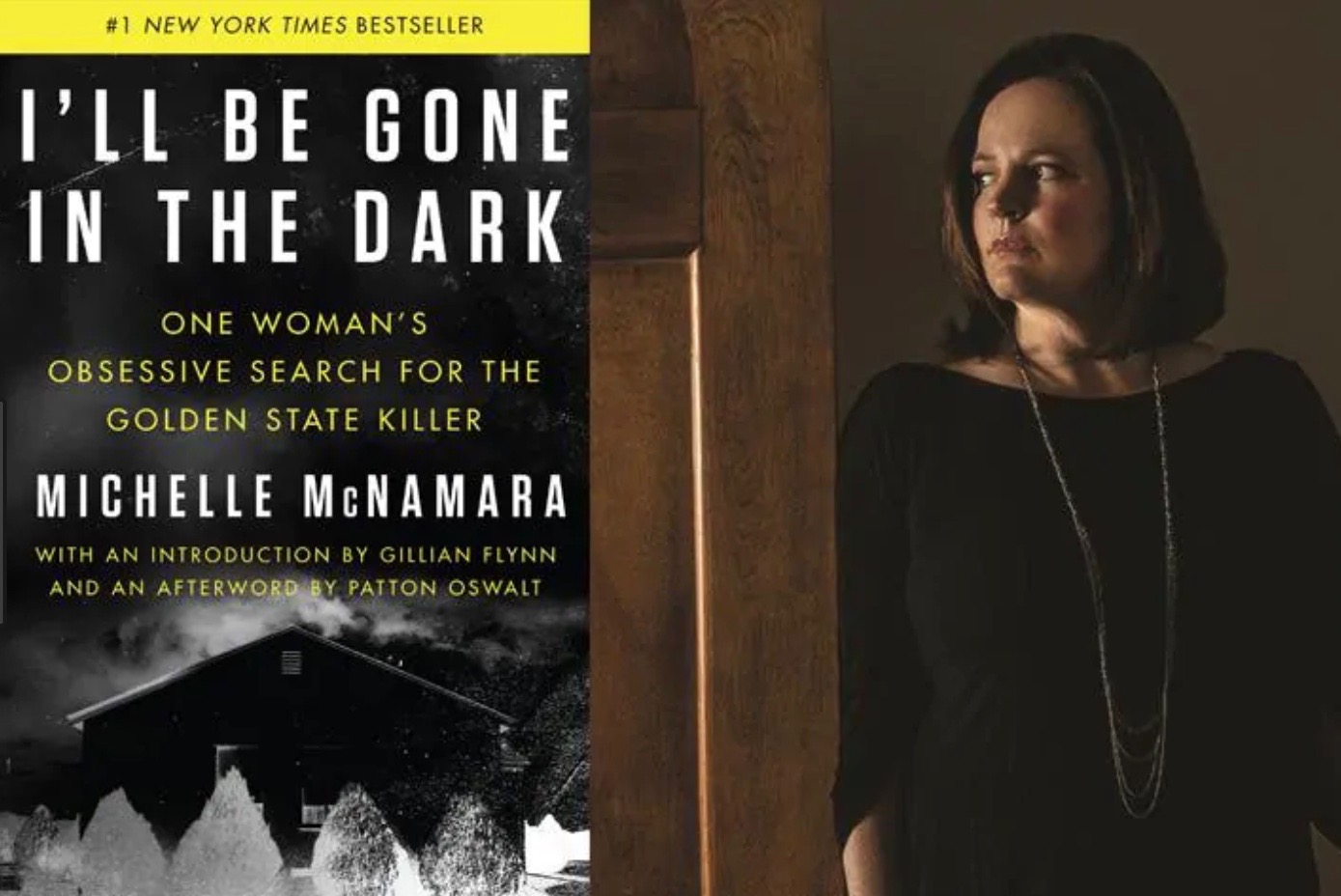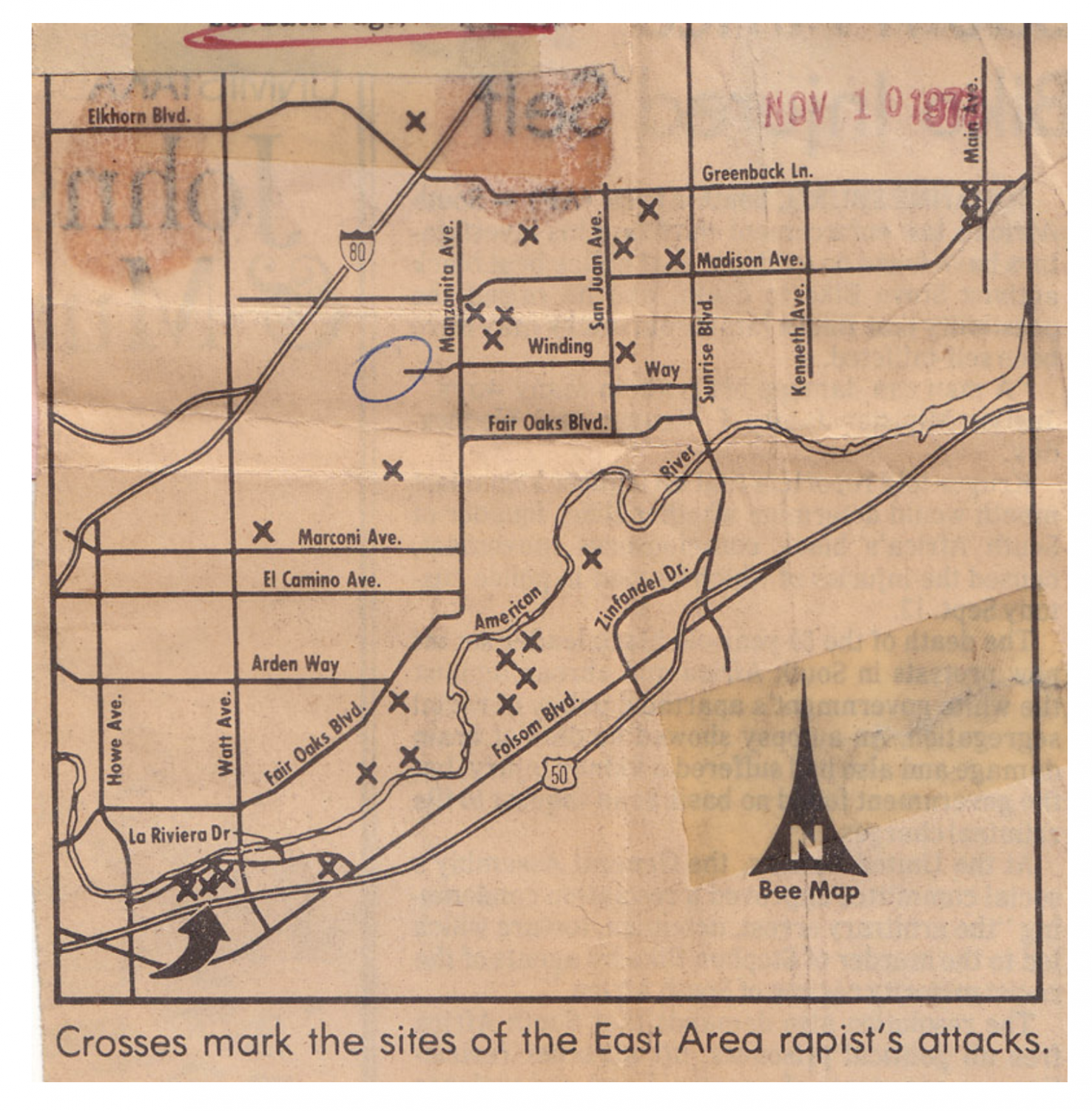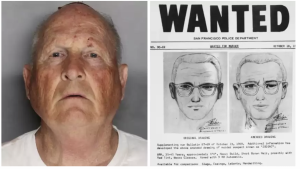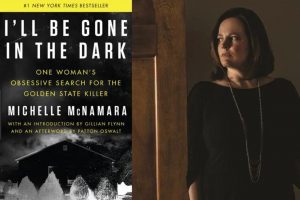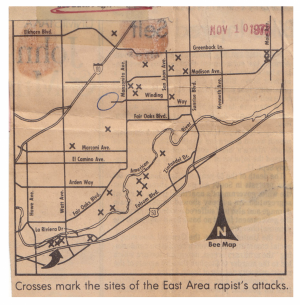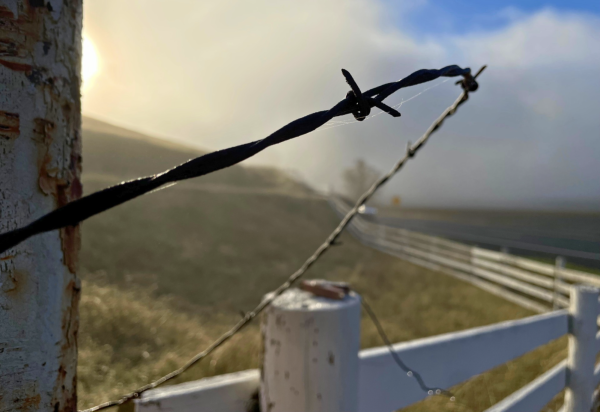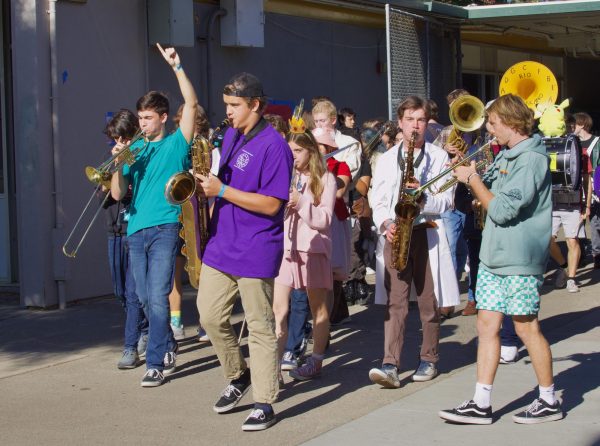“I’ll Be Gone In The Dark” Brilliantly Recounts Terror of the Golden State Killer
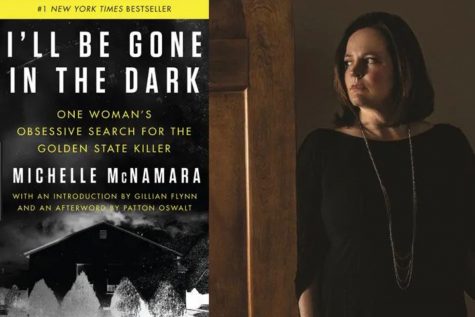 “‘I once spent an afternoon tracking down every detail I could about a member of the 1972 Rio Americano High School water polo team because in the yearbook photo he appeared lean and to have big calves’- a possible physical trait of the Golden State Killer.” Michelle McNamara, preface to I’ll Be Gone in the Dark: One Woman’s Obsessive Search for the Golden State Killer
“‘I once spent an afternoon tracking down every detail I could about a member of the 1972 Rio Americano High School water polo team because in the yearbook photo he appeared lean and to have big calves’- a possible physical trait of the Golden State Killer.” Michelle McNamara, preface to I’ll Be Gone in the Dark: One Woman’s Obsessive Search for the Golden State Killer
We often see horrible events reported on the news–school shootings, terrorist attacks, rapes– never for a second imaging that it could happen to us. However, last year on April 24 the man suspected of being the East Area Rapist, also known as the Golden State Killer, was apprehended just eight miles away in Citrus Heights.
During the 1970s and ‘80’s, before apparently abruptly ending his terror, Joseph James DeAngelo alegedly murdered 10 people and raped 50, here in our neighborhood and throughout California. It took law enforcement four decades to catch him.
With the lack of a DNA database in the 1970s the only leads the FBI and local law enforcement had on the East Area Rapist was that he was white, in his late teens or twenties, about five nine, with a medium athletic build. He always wore some sort of mask. Spoke in a forced, angry whisper. When he got upset, his voice rose to a higher pitch. He had a small penis.
His actions made some investigators suspect–correctly, it turned out–that he had been a police officer.
That wasn’t much to go on. But it was enough to obsess true-crime writer Michelle McNamara, whose decades-long search to unmask the Golden State Killer form the basis of her compelling book, “I’ll Be Gone In the Dark: One Women’s Obsessive Quest for the Golden State Killer.”
Often reading like a novel, McNamara’s book details the horrific crimes of the Golden State Killer and well as recounting her own obsession with the case. She died of cancer at 46 before the book was finished and before DeAngelo was arrested.
Some parts of the book had to be constructed from her notes. And these notes were thorough and detailed. Consider that a description of the Golden State Killer as having large calves led her to exam a yearbook photo of the 1972 Rio Americano water polo team on the slim chance that a team member might be the rapist and murderer.
However, the suspicion was never supported by any substantial evidence and the unknown killer continued to evade the authorities.
McNamara recounts the crimes and humanizes the victims.
The reports that one victim revealed a grueling detail about the rapist standing in front of her: The East Area Rapist wasn’t wearing any pants. He was erect.
Most victims reported that he smelled of a foul odor. However, he didn’t smell of bad hygiene or sweaty armpits. Instead, the odor was the smell of his nervousness protruding from every pore of his body.
Before he raped his victims he would stalk their homes, sometimes for months, watching their every move. He observed families eating dinners together. Watched couples having sex. He noted their schedules. When they left their home for work. When they went on vacation. When they walked their dog.
In the time they were gone he would enter their home, disabling any security alarms, marking up where picture frames stood, and unscrewing light bulbs. Then, when the time came, he would attack. After he finished raping his victims, he would cry like a baby before going into their kitchen to make himself a sandwich.
Whatever the extent of his instability, his crimes were real, and they spread panic in California.
The Golden State Killer may have started his crime spree when he bound and raped a woman in Rancho Cordova in 1976. By 1977, he averaged two rapes a month. He struck mostly east of Sacramento, including in neighborhoods near Rio Americano, earning him the monicker “East Area Rapist.”
With a keen eye for detail, McNamara describes how during the ‘70s entire towns in northern California were transformed into de facto garrisons patrolled by vigilante squads.
“In one house, tambourines were tied to every door and window,” she writes. “Hammers went under pillows. Nearly 3,000 guns were sold in Sacramento County between January and May. Many people refused to sleep between 1 and 4 a.m. Some couples slept in shifts, one of them always stationed on the living room couch, a rifle pointed at the window.”
Tension peaked on Oct. 18, 1976, when he attacked twice in 24 hours. One of the victims, a 32-year-old housewife and mother of two, lived on Kipling Drive in Carmichael.
Soon after this attack, 500 people attended a town hall meeting on crime prevention at Del Dayo Elementary School.
By 1978, the Golden State Killer’s first known murders occurred in Rancho Cordova. The victims, Brian and Katie Maggiore, were killed in their home.
After the slayings, he started a second series of killings 300 miles away in the Santa Barbara area. He moved lethally around Southern California from 1979 to 1986, becoming known as the “Original Night Stalker.”
It was only in 2001 that DNA evidence conclusively confirmed that the Original Night Stalker and the East Area Rapist were the same person: The Golden State Killer.
Even after he raped his victims, he terrorized them years later. In 2001 a woman here in Sacramento answered her phone in the same house where she’d been attacked 24 years earlier. “Remember when we played?” He whispered. She recognized the voice immediately. His words echoed something he said in Stockton when the couple’s six-year-old daughter got up to use the bathroom and encountered him in the hallway. He was about twenty feet away, in a ski mask and black knit mittens, wearing no pants. He had a belt on with some kind of sword in it. “I’m playing tricks with your mom and dad,” he said. “Come watch me.”
These chilling tales are brought to life in “I’ll Be Gone In The Dark.”
McNamara’s inspiration for the title came from another gruesome incident that occurred in Sacramento.
The East Area Rapist entered a home in Citrus Heights wearing a black leather mask. He came in through the window and sneaked up on a 16-year-old girl watching television alone in the den. He pointed a knife at her and issued a chilling warning: “Make one move and you’ll be silent forever, and I’ll be gone in the dark.”
McNamara made it her life work to help police apprehend the killer. She spent many nights in hotel rooms reading 4,000-page documents and missed out on many red carpet events with her husband, the comedian and actor Patton Oswalt.
She wrote, “The case dragged me under quickly. Curiosity turned to clawing hunger. There’s a scream permanently lodged in my throat now.”
When McNamara died at the age of 46 in 2016, leaving the book unfinished, she had amassed 3,500 files related to the case, plus dozens of notebooks, legal pads, digitized police reports and 37 boxes from an Orange County prosecutor (the book was finished by her lead researcher and a colleague). Some of this material went into the blockbuster story she wrote about the case for Los Angeles magazine in 2013, but this book is the real testament to how all-consuming and dogged McNamara’s search was.
As much as she sought to identify the killer, she also sought to remember his victims.
“The victims recede from view,” she wrote. “Their rhythm is off, their confidence drained. They’re laden with phobias and made tentative by memory. Divorce and drugs beset them. Statutes of limitations expire. Evidence kits are tossed for lack of room. What happened to them is buried, bright and unmoving, a coin at the bottom of a pool. They do their best to carry on.”
McNamara also did her best to carry on, continue to write from bed even as she was losing her fight with cancer.
The books lyrical epilogue imagines a hypothetical but hopeful scene in which a car pulls up to a curb and the detectives show up to arrest the monster who has eluded them for 40 years.
If McNamara lived long enough, she would have fulfilled this fantasy that only grew as she delved deeper into the case.
However, while she waited for justice she poured out every ounce of her feelings into her book, where she vividly described every scene of the East Area Rapists every rape, murder, and stalking as if she was right there with him watching his every move. As if she was the one stalking him.
At the age of 72 the suspected Golden State Killer, now known by the name of Joseph James DeAngelo was finally arrested.
McNamara correctly asserted that even after he stopped killing, “he was still out there blending in, a man whose ordinariness was his mask.”
Everyone thought DeAngelo was a regular guy: a former policeman, a father, a husband, and a grandfather. What no one knew for a long time and the worst part of it all, after he raped and/or killed his victims he would come home to his family and go to work the next day.

